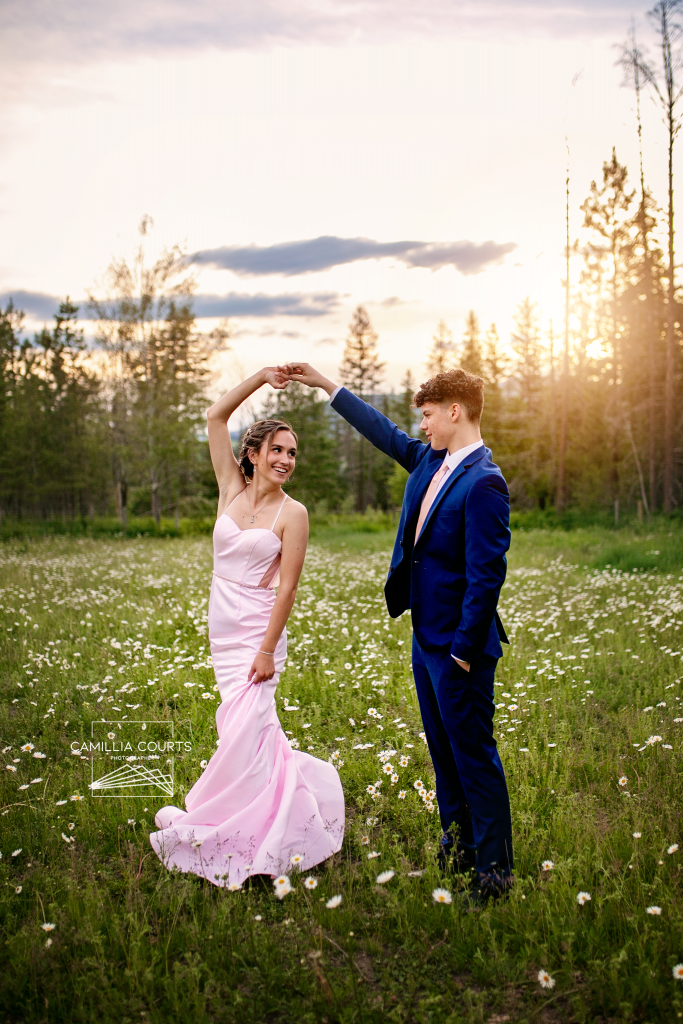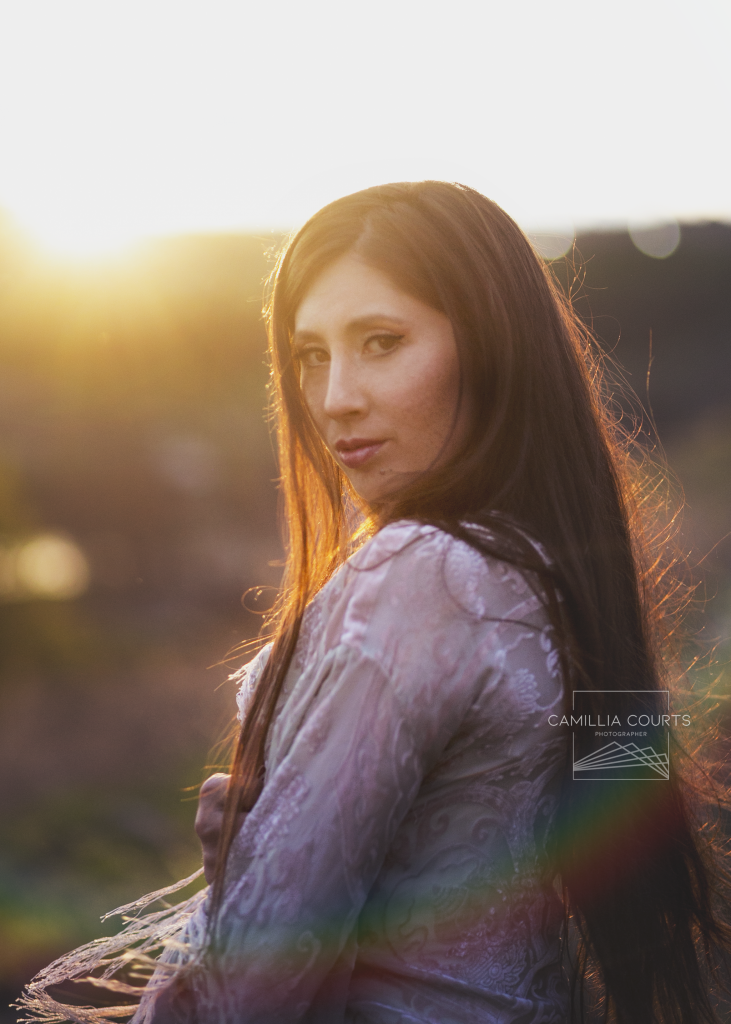
Finding the Light: A Beginner’s Guide to Capturing Stunning Photos with Natural Light
Today, we’re diving into one of the most crucial aspects of photography: light. Whether you’re shooting portraits, landscapes, or anything in between, understanding how to work with light is essential for creating breathtaking photos. I can still remember the first time I took photos of my babies at golden hour instead of mid day after their morning nap, looked at the pic on the back of my camera and went WOAH!
So, let’s shed some light on this topic and uncover the secrets to mastering light in your photography.



Understanding Light: Before we dive into lighting techniques, it’s important to understand the different types of light and how they can affect your photos. Natural light, is one of the most versatile and readily available light sources. It can vary in intensity, direction, and quality depending on the time of day and weather conditions.
The Golden Hour: One of the best times to shoot with natural light is during the golden hour, which occurs shortly after sunrise and before sunset. During this time, the sun is low on the horizon, casting a warm, soft light that is perfect for creating flattering portraits and stunning landscapes. I like to position my clients with their backs to the sun, so I achieve those dreamy sun flares I love so much.

Direction of Light: Pay attention to the direction of light when composing your shots. Front lighting, where the light is coming from behind you and illuminating your subject directly, can create evenly lit and well-exposed images however, depending on the harshness of the light can create some unflatter shadows on the the face. Soft side lighting, where the light is coming from the side of your subject, can add depth and dimension to your photos, casting interesting shadows and highlights. Experiment with different angles and positions to find the most flattering light for your subject.



Quality of Light: The quality of light refers to its softness or harshness. Soft light, such as that found on a cloudy day or diffused through a sheer curtain, produces gentle shadows and smooth transitions between light and dark areas. Harsh light, on the other hand, creates sharp, defined shadows and can be more challenging to work with. Look for opportunities to shoot in soft light whenever possible. You can use diffusers and reflectors to soften harsh light but that takes equipment and time, and sometimes that’s not feasible. If I’m shooting a wedding ceremony in bright harsh light, I’m not going to ask the couple to move to the shade! Work with what you have and do what you can.



Embracing Shadows: Don’t be afraid to embrace shadows in your photos—they can add drama, depth, and visual interest to your compositions. Experiment with backlighting, where the light is coming from behind your subject, to create silhouettes and highlight the contours of your subject. Play with shadows to create mood and atmosphere in your photos, and don’t be afraid to get creative with your lighting techniques.

By practicing working with natural light, you’ll unlock a world of possibilities and elevate your photography to new heights and eventually you will figure out what works best for you, and you like to shoot. So, grab your camera, step outside, and start exploring the beauty of light in your photos. Remember to experiment, practice, and above all, have fun with your photography journey. Happy shooting!



